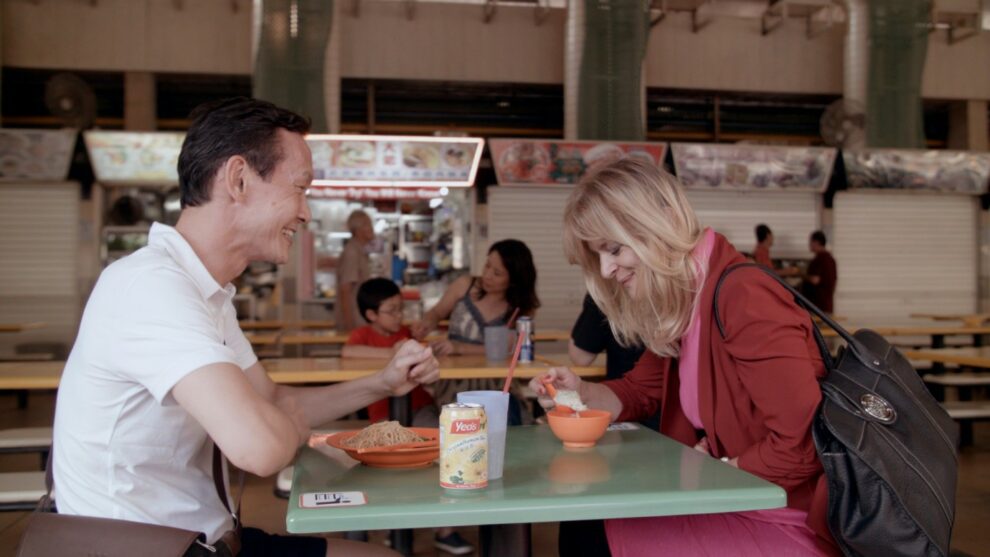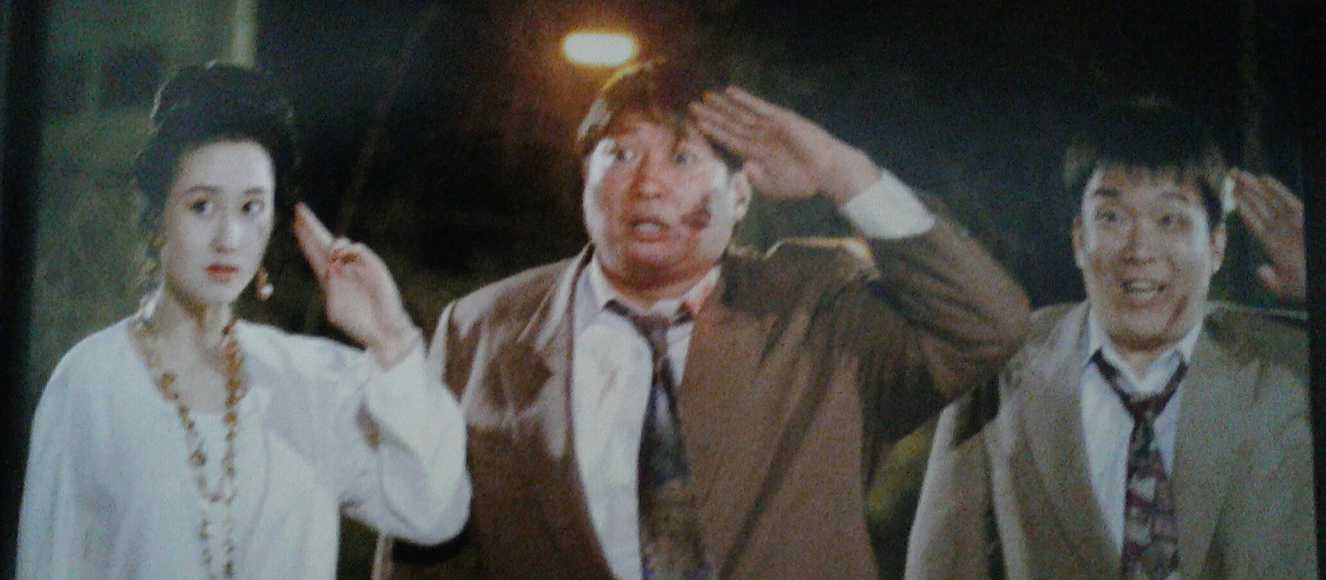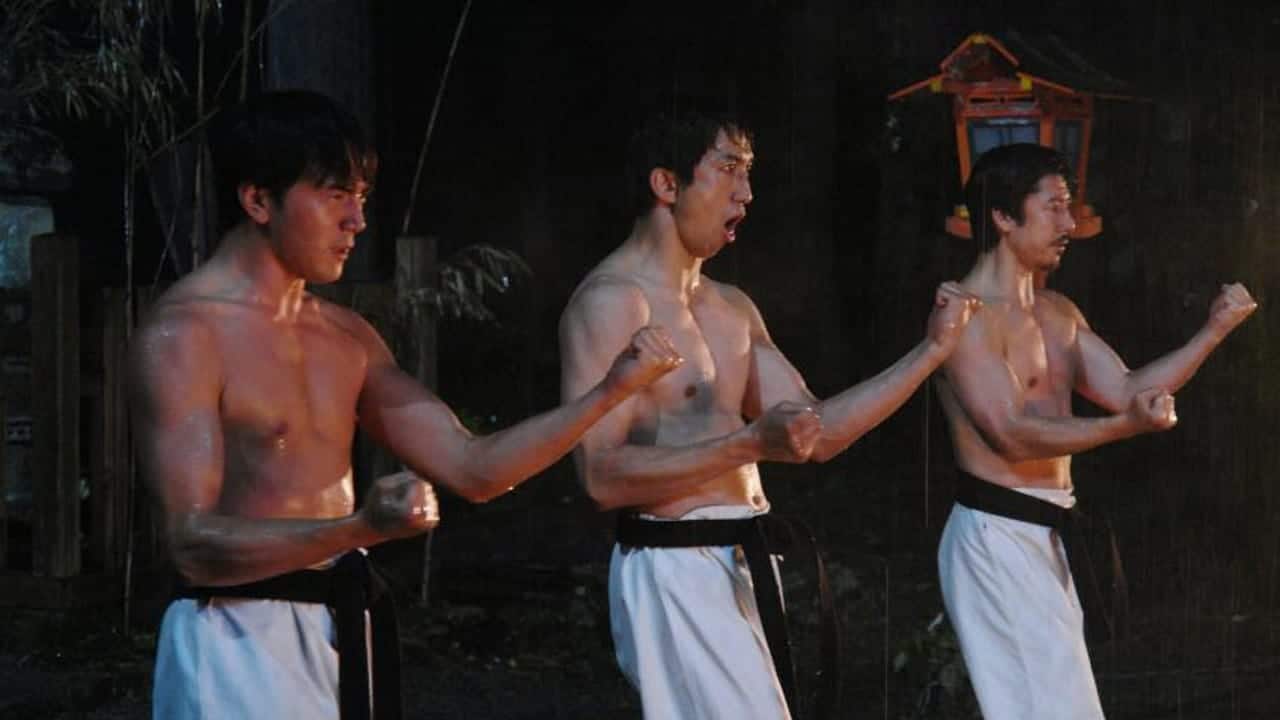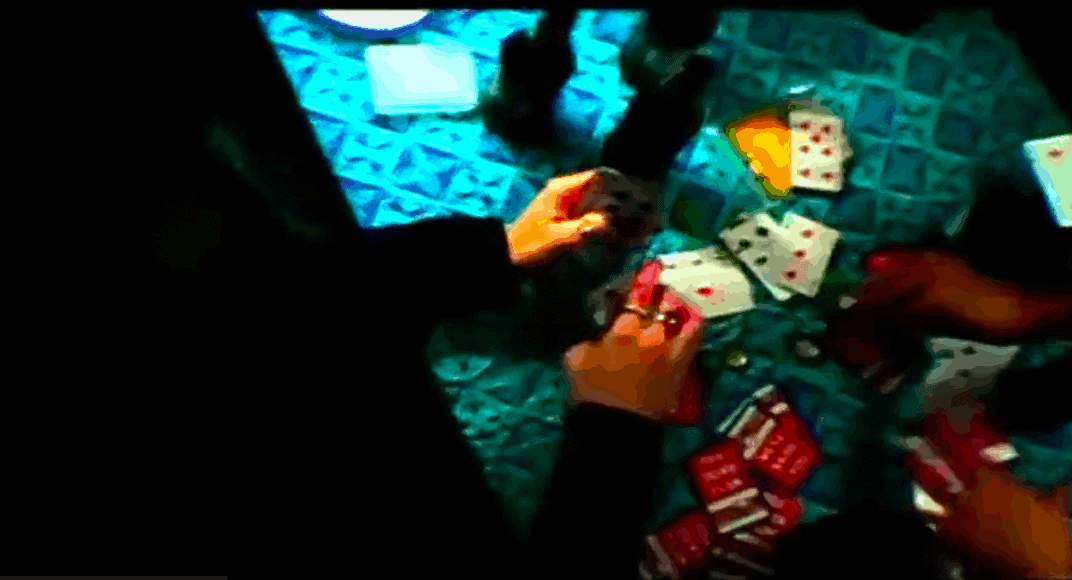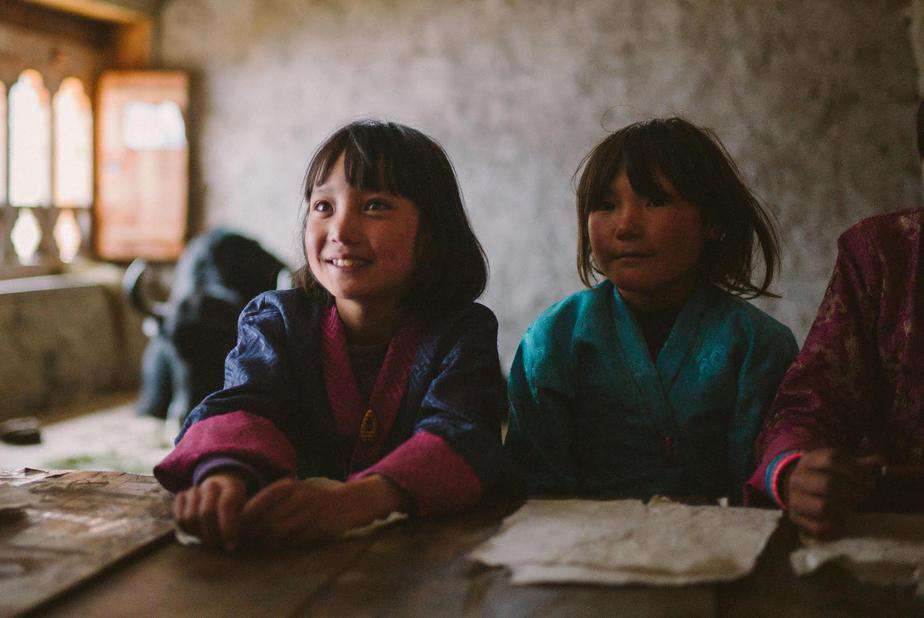This year I have fully indulged in Eric Khoo's filmography, and I can easily say that there two concepts that dominate the majority of it: food and the dilemma of keeping traditions or embracing progress. “Wanton Mee” encapsulates both these themes in the most eloquent way, in a docufiction shot for TV that upon its screening in Berlin, inspired four chefs from Michelin-starred restaurants to create their versions of Singaporean fare for an event that took place in 2016.
The film's protagonist is Boon Pin Koh, a middle-aged food critic who is tired of having to deal with all the progress, both in his office and regarding the culinary. This progress is personified in Claire, a young girl who has just been hired by the newspaper and is enthusiastic over anything new, not to mention anything digital. Eventually, Koh receives a cam recorder from the company and begins recording the life stories of the people running hawker stalls. Through these interactions, Koh begins to embrace the change.
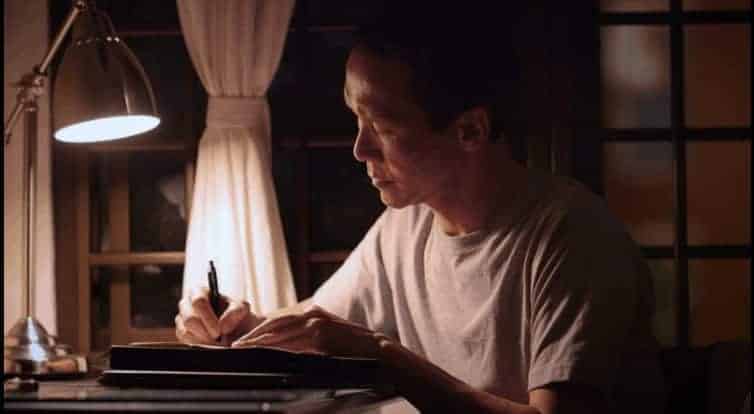
As I stated in the prologue, Eric Khoo directs a film that unfolds in two, interweaving axes, one dramatic and one documentary-like, with the dichotomy being quite obvious. The dramatic part revolves around Koh's struggle to cope with all the changes that are happening around him, and the way his interaction with technology, Claire and the stall owners change his opinions on the theme of tradition versus progress. His dilemma of if to embrace change or stay with what he knows becomes quite evident through his interviews, almost all of which feature questions regarding whether to keep tradition and pass it on to the next generation. Khoo's answer to this dilemma is the same one he presented in “Recipe“, that tradition is to be kept and followed, but the addition of new elements is equally necessary.
The documentary part is where “Wanton Mee” really thrives. The presentation of the lives and the “techniques” the owners follow in order to prepare their recipes is quite interesting and entertaining, not to mention it will certainly have the film's audience running for (street) food. The fact that most of these people followed in the footsteps of their parents comes to direct connection with the first part, but the surprise comes when they are asked about passing on their business to their children: the answer is almost always negative, because they believe this line of work is too hard and leaves no free time. Furthermore, this part deals with the history of the culinary and particularly of the hawker stalls in Singapore, an element that adds depth but also drama to the documentary part, since the government-mandated demolition of old buildings has been causing much trouble to the hawkers
As the documentary part forms the main element of the narrative, drama is inevitable placed in the background, at least to a point. In that fashion, the acting aspect in the film actually functions as a medium of introducing the documentary factor, although Chun Feng Koh is quite entertaining every time he appears on screen, particularly through his reluctant interactions with Claire. At the same time, his narration works quite well for the film since his voice tone fits the movie's aesthetics perfectly. The stars of the movie, however, are definitely the hawkers, all of which seem surprisingly confident and comfortable in front of the camera, while telling their stories.
Tang Kang Wei's cinematography is impressive as it is realistic, particularly in the way he has captured the owners and the way they prepare their recipes. Jia Yi Gan's editing connects the two parts nicely, while it induces the film with a medium pace that fits the narrative well.
“Wanton Mee” is a bit imbalanced, since the documentary part is obviously on a higher level than the dramatic one. However, the focus and the presentation of the hawker stall, the history of the culinary in Singapore and the dilemma between tradition and progress are more than enough to carry the film to quality, through a combination of information and entertainment. At the same time, and as the film also functions as a tour guide of the old neighborhoods in Singapore, it also succeeds in making its audience eager to visit the country, if only for the food. At least in my case that is.
PS. Nastassja Kinski is also in the film.


